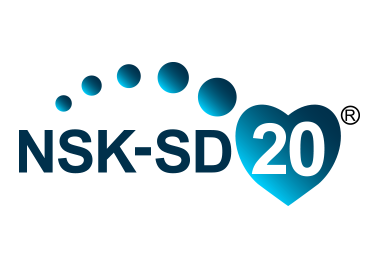
NSK-SD and Blood Pressure
Hypertension Reducing Effect
High blood pressure increases the risk for heart disease and stroke, two of the leading causes of death for Americans. High blood pressure is very common, and according to the CDC, tens of millions of adults in the United States have high blood pressure, and many do not have it under control.
We currently have 6 human clinical studies showing NSK-SD’s efficacy in decreasing high blood pressure. NSK-SD is also safe for those with normal blood pressure and will not effect those with blood pressure in the normal range.
Sumi et al. 1998 - In 5 hypertensive subjects, systolic and diastolic blood pressure decreased after intake of nattokinase.
Kim et al. 2008 - In 73 hypertensive men and women, reduction was observed in systolic and diastolic blood pressure and renin with intake of NSK-SD, all compared to placebo. Renin is produced by the kidney to increase blood pressure.
Krishnan Medical Association 2003 - In 20 men and women with various diseases, reduction in systolic blood pressure was observed in the NSK-SD group compared to baseline.
Murakami et al. 2012 - Nattokinase is found to inhibit the angiotensin-converting enzyme.
Kang 2014 - In 42 men and women with high blood pressure risk, nattokinase by Lotte using NSK-SD showed drastic reduction of blood pressure in subjects compared to the competitor nattokinase by KPX.
Jensen 2016 - In 79 adults with high blood pressure, diastolic blood pressure significantly decreased in the nattokinase group compared to the placebo group. The von Willebrand factor, which is a cardiovascular risk marker linked to stroke, saw significant decrease in women who took NSK-SD.
Ried 2012 - In 79 adults with uncontrolled systolic hypertension, the trial suggests that a supplement garlic blend with nattokinase is an effective and tolerable treatment in uncontrolled hypertension, and may be considered as a safe adjunct treatment to conventional antihypertensive therapy.



